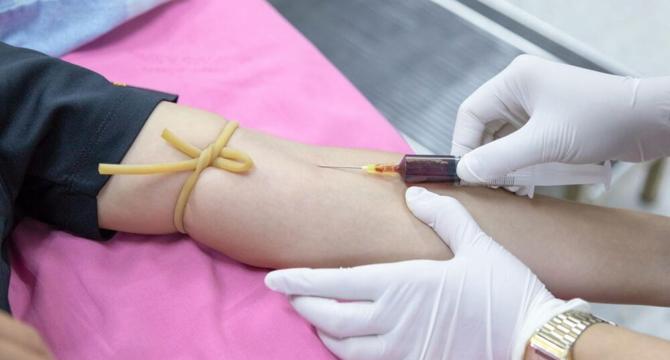TechBullion
3d
0

Image Credit: TechBullion
Understanding IgE Blood Test Results: A Comprehensive Guide to Allergy Testing
- IgE antibodies are like the security cameras helping that bouncer decide what’s actually a threat. During my first allergist visit, she sketched out how these antibodies work on the examination table paper.
- The two main ways doctors track down allergy culprits: total IgE and specific IgE.
- A high number of Total IgE means your immune system is definitely reacting to something, but not exactly what.
- Specific IgE tests check for reactions to specific triggers – like showing your immune system a lineup of suspects.
- Understanding these results before a follow-up appointment means one can ask better questions instead of wasting time on what do these numbers mean.
- Normal IgE levels vary from person to person. Kids typically have higher levels than adults. People with allergies or asthma usually run higher than those without.
- Allergy testing can lead to learning specifics like being allergic to a certain type of seafood, determining rare reactions not displayed in standard tests and learning what air purifier to use.
- LabAnalyzer can be used to understand test results before a follow-up appointment, making a difference in navigating allergies effectively.
- Test results are not just numbers on a screen – they’re a map to feeling better.
- One does not need a medical degree to read test results. They just need the right guide to help them understand what those numbers mean for their daily life.
Read Full Article
Like
For uninterrupted reading, download the app